Aquarium of the Pacific ‘Night Dive’ spotlights glowing bioluminescent waves - www.presstelegram.com
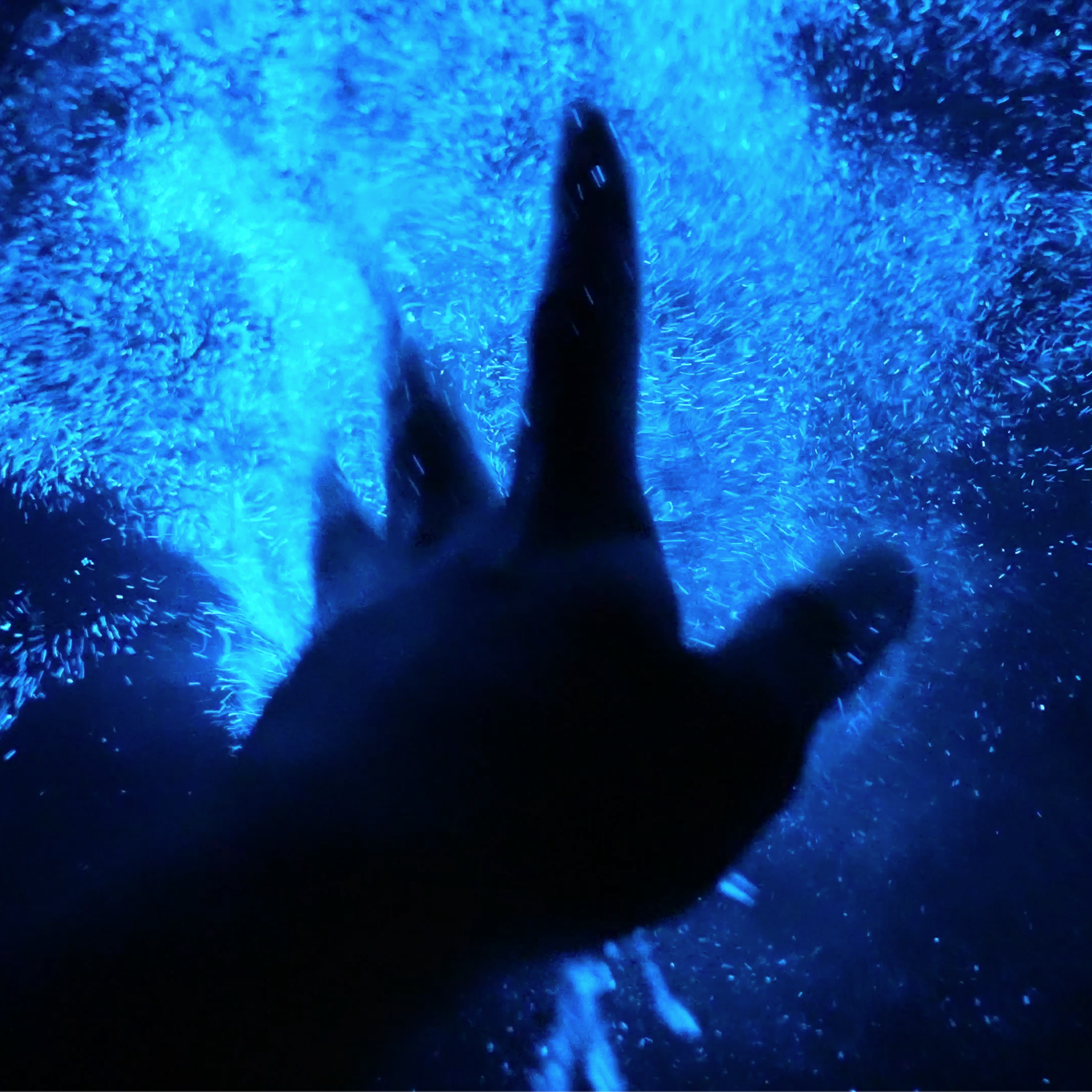
Video taken by Patrick Coyne - @patrickc_la
The beautiful, electric blue glowing water can be tough to track in nature – usually lighting up far past bedtime and elusively moving from beach to beach with ocean currents.
Other times, the bioluminescent waves don’t show up at all, leaving hopeful people standing on the beach waiting all night in anticipation, only to leave disappointed.
But the Aquarium of the Pacific in Long Beach will be hosting a gathering on Friday, Feb. 23, that will allow people who have been fascinated by the phenomenon to get up close to the neon waters.
The Night Dive event – part of a series for which the aquarium transforms into an adults-only venue complete with cocktails and music – will put the electric-blue water in the spotlight with several displays where people can shake up the algae to make it glow or put their hands into water to make it light up.
Patrick Coyne, a Torrance photographer who documents bioluminescence across Southern California, chasing it from the South Bay to San Diego and beyond, approached the aquarium with the “bio night” idea.
Coyne will be showcasing photos and videos taken over hundreds of hours since 2020, the most recent this week in Newport Beach and off San Diego’s coast.
 He’s documented thousands of glowing waves and creatures frolicking in the neon blue water, everything from dolphins to ducks to sand crabs moving the phytoplankton to make it glow.
He’s documented thousands of glowing waves and creatures frolicking in the neon blue water, everything from dolphins to ducks to sand crabs moving the phytoplankton to make it glow.
“For the people who haven’t seen it, this is their chance to get up close and personal with it, or to relive the moments they’ve had with it in the wild,” Coyne said. “It’s going to be really, really cool.”
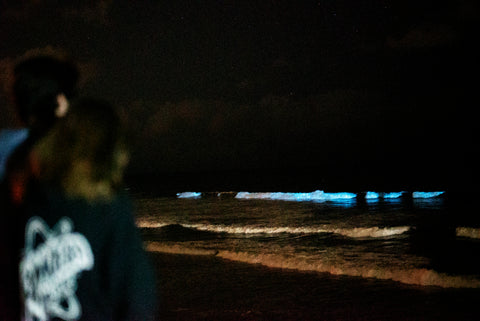
PyroFarms, a Carlsbad-based company, will be on hand to showcase the bioluminescent phytoplankton, a living organism that produces light when agitated.
Dean Sauer, founder of PyroFarms, is a scientist who collected a sample near the Scripps Institution of Oceanography about 10 years ago and started growing the algae in a lab setting.
The company sells Bio-Orbs, glass ball “micro-aquariums,” filled with the bioluminescent phytoplankton for people to grow like a plant at home, or for educators who want to showcase it in their classrooms. It has also used the algae for art shows, similar to the set up it will have at the aquarium event.
“The primary reason people buy it is because of the novelty,” Sauer said.
Unlike samples that can simply be scooped up and taken home from the ocean that will have hundreds of other algae and creatures in the salt water, the PyroFarms orbs only have the species that emits light at night, Sauer said.”We grow it pure, in a controlled environment using natural and artificial lighting.”
It can last for years on just sunlight. he said. “It can grow and grow, indefinitely.”
In addition to the orbs people can shake up to see the water glow, the event will have large plastic bags filled with the dinoflagellate plankton that people can walk on and see their feet illuminate, and there will also be an open, small pools people can put their hand in to interact with it, he said.
Back when Sauer started the business, the algae blooms were happening only every few years.
“Now it seems to happen every other month, they are becoming much more common, at least in Southern California,” he said.

Dinoflagellate plankton are always present, but the red tides that can lead to glowing blue waves at night could be more prevalent in recent years due to a higher frequency of storms and warmer waters off the coast, said Nate Jaros, senior director of fish and invertebrates at the Aquarium of the Pacific.
The algae blooms occur when nutrient levels are high, which can happen when pollution and urban runoff flood into the ocean. With sunlight following storms, and warmer waters due to an El Nino, the blooms have become more frequent, he said.
Bioluminescence is something common in nature, both in the water with ocean species but also in creatures like fireflies. Some critters emit the light to attract a mate, others use it to camouflage.
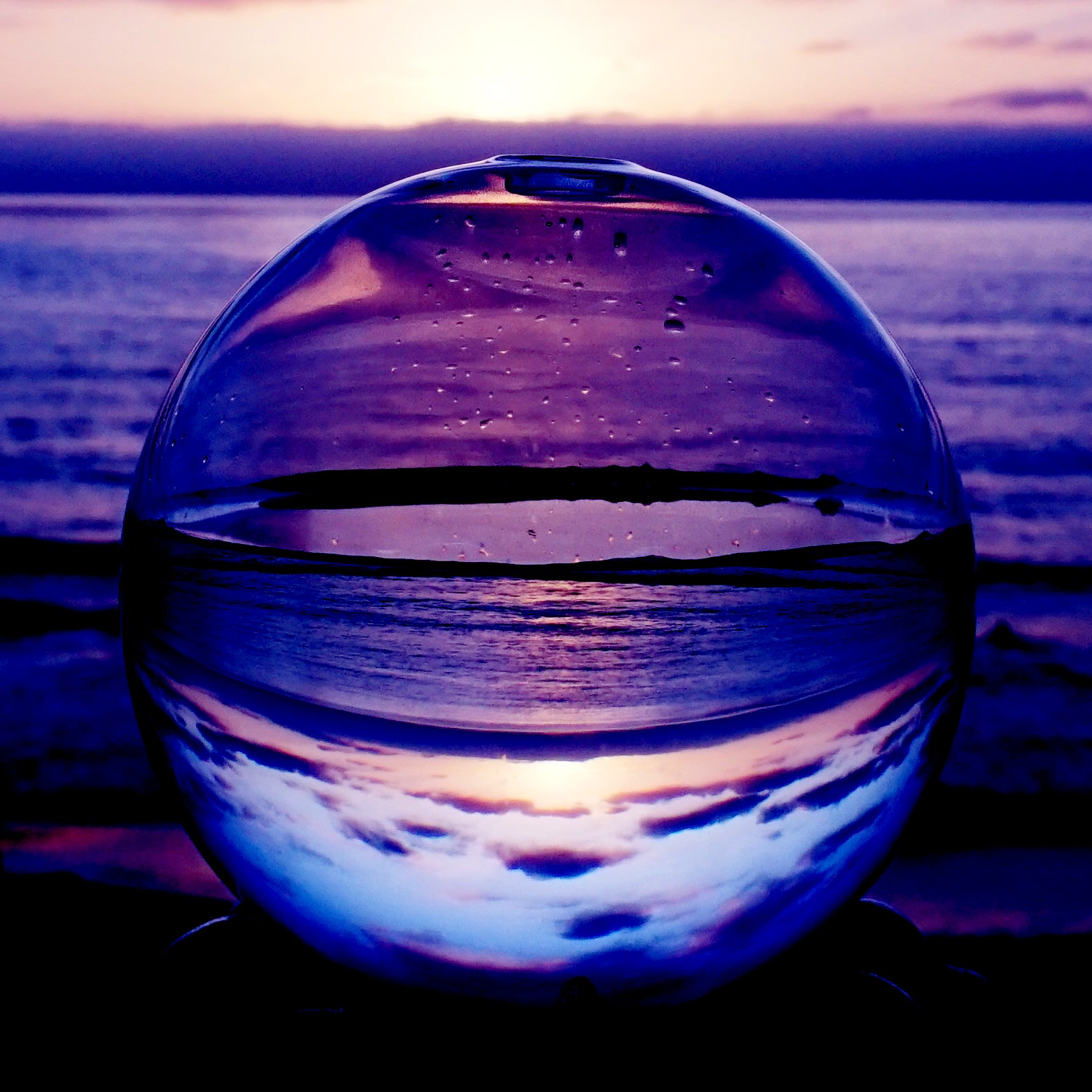
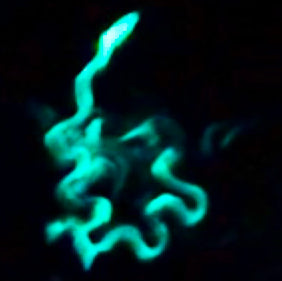
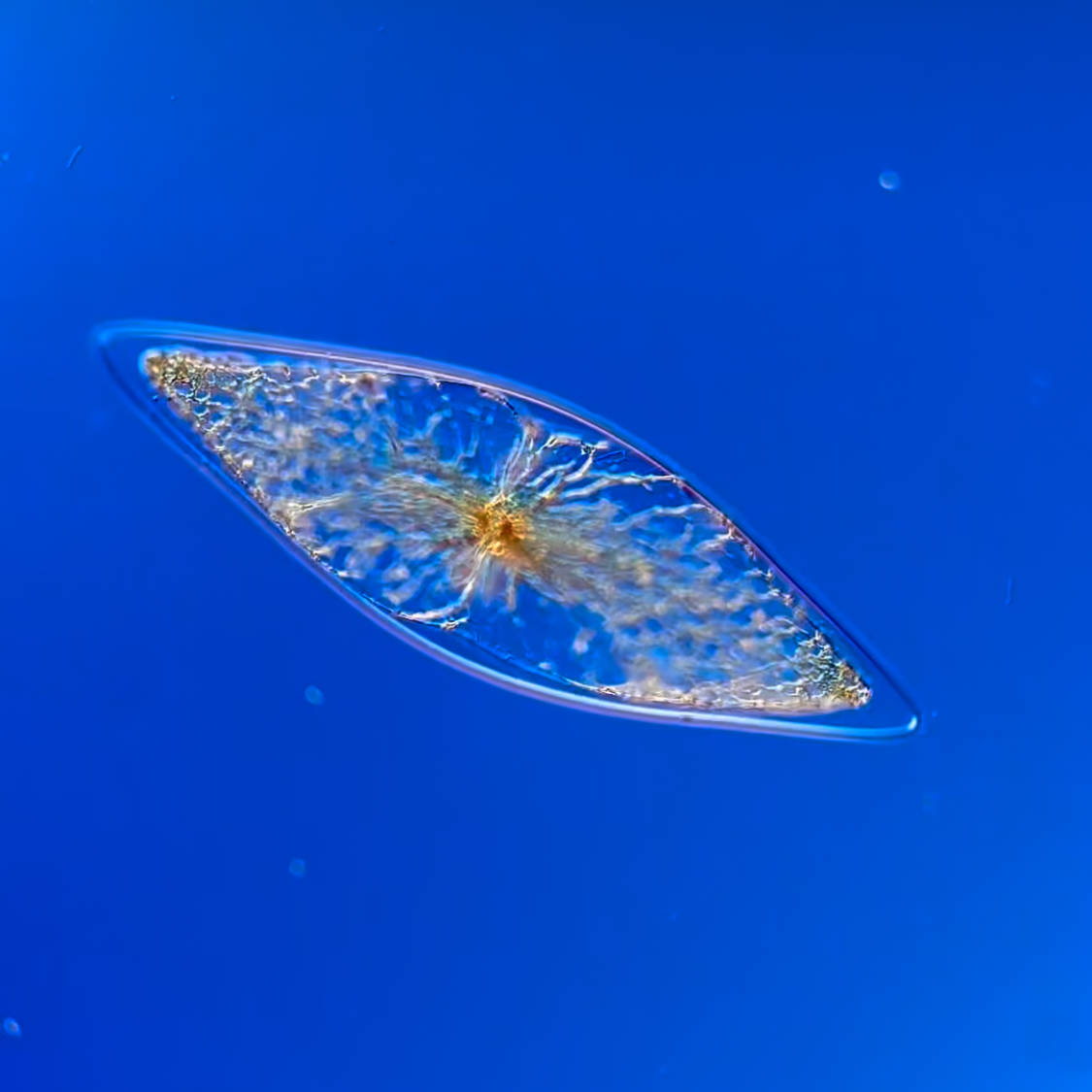
Comments